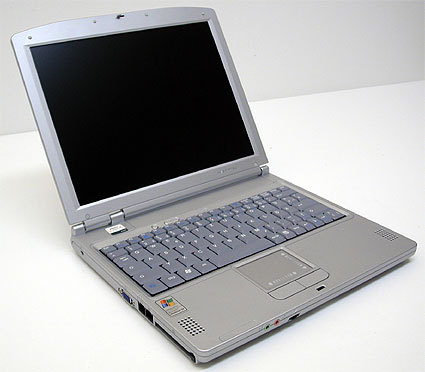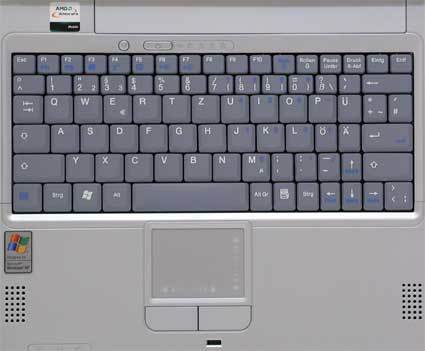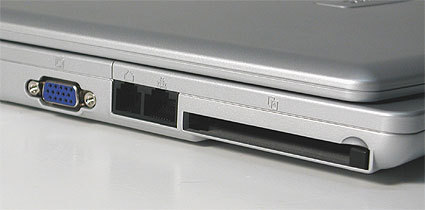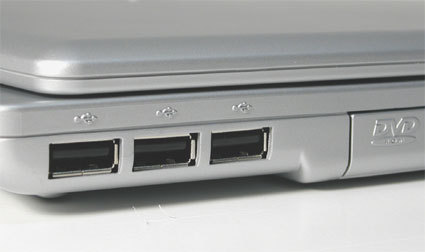Averatec Sub-$1,000 Athlon XP 2000+ Ultra-Portable
Averatec's AV3220H1 ultra-portable notebook packs a mobile AthlonXP 2000+ and weighs just over 4.4 pounds for only $1000. How does the performance of this very cost-efficient device stand up against pricier systems, such as the Asus S5200N?
Ultra-portability Doesn't Have To Break The Bank
Typically, ultra-portable mobile PCs such as the AV3220H1 are said to be very expensive compared to the standard-size notebooks (that is, devices boasting a 14" or 15" TFT display). But for $1000, Averatec's AV3220H1 is a pleasant exception to that rule.
What do users get for their money? The AV3220H1 is a state-of-the-art notebook with a 12.1" TFT display. Including the 45-Watt battery, the notebook weights a little over 2 kilograms (4.4 pounds). As a 2-spindle device, the AV3220H1 sports a permanently installed optical combo drive (SBW-242 by Quanta Storage Inc.).
As is the case in most notebooks, the keyboard is small. This applies especially to the somewhat undersized keys for functions, special characters and numbers. We have no complaints about the keyboard's resistance and hub, but when typing fast, there is a rattling sound.
With the battery located at the back of the device, the interfaces are positioned on the two sides of the chassis and on the front. On the left side toward the front, there is a PC card slot (Type II). Located behind it is an Ethernet and modem port.
The external monitor port is also located on the chassis' left side. The two color-coded audio ports (in and out) and the analog volume control are positioned on the front and therefore easily accessed. On the right side, users also have three USB 2.0 ports to work with.
On top of all that, the device sports a WLAN module for 802.11g connectivity. The module can be turned on and off with a button above the keyboard. A blue LED on the front indicates whether the module is in operation or not.
WLAN module LED (blue) and audio ports on the front
Get instant access to breaking news, the hottest reviews, great deals and helpful tips.
The notebook comes standard with 256 MB of PC2700 memory, which can be expanded to 512 MB with an easily accessible SO-DIMM slot on the bottom side of the chassis. But since just one slot is available, upgrading at a later time comes at a hefty price: after the upgrade, the "old" 256 MB module will simply lie around unused. A user with average technical skills will not be able to upgrade the hard drive, a task best left to the experts. The reason is that the hard drive is not accessible externally. To remove the hard drive, the top and bottom of the notebook case have to be removed first.
Current page: Averatec Sub-$1,000 Athlon XP 2000+ Ultra-Portable
Next Page The Engine And The Gear




